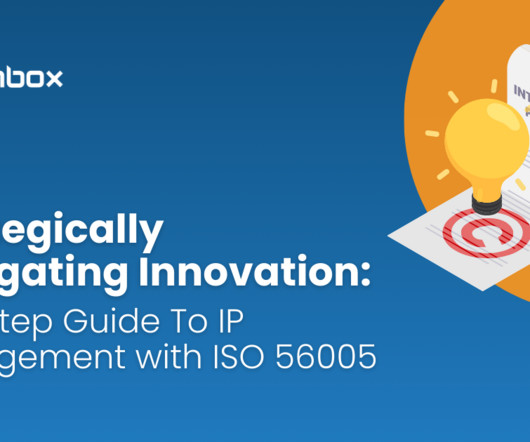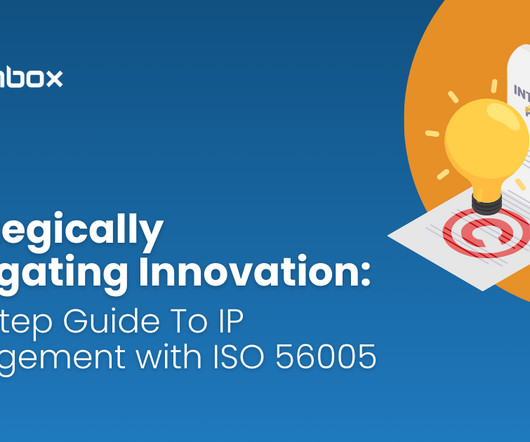Strategically Navigating Innovation: A 10-Step Guide to IP Management with ISO 56005
PlanBox Innovation
NOVEMBER 22, 2023
It’s equally crucial to comprehend internal dynamics such as business strategies and the types of IP assets in the organization’s portfolio. This understanding sets the stage for aligning IP strategies with broader organizational objectives. Now is the time to elevate your innovation game and strategically manage your IP.















Let's personalize your content